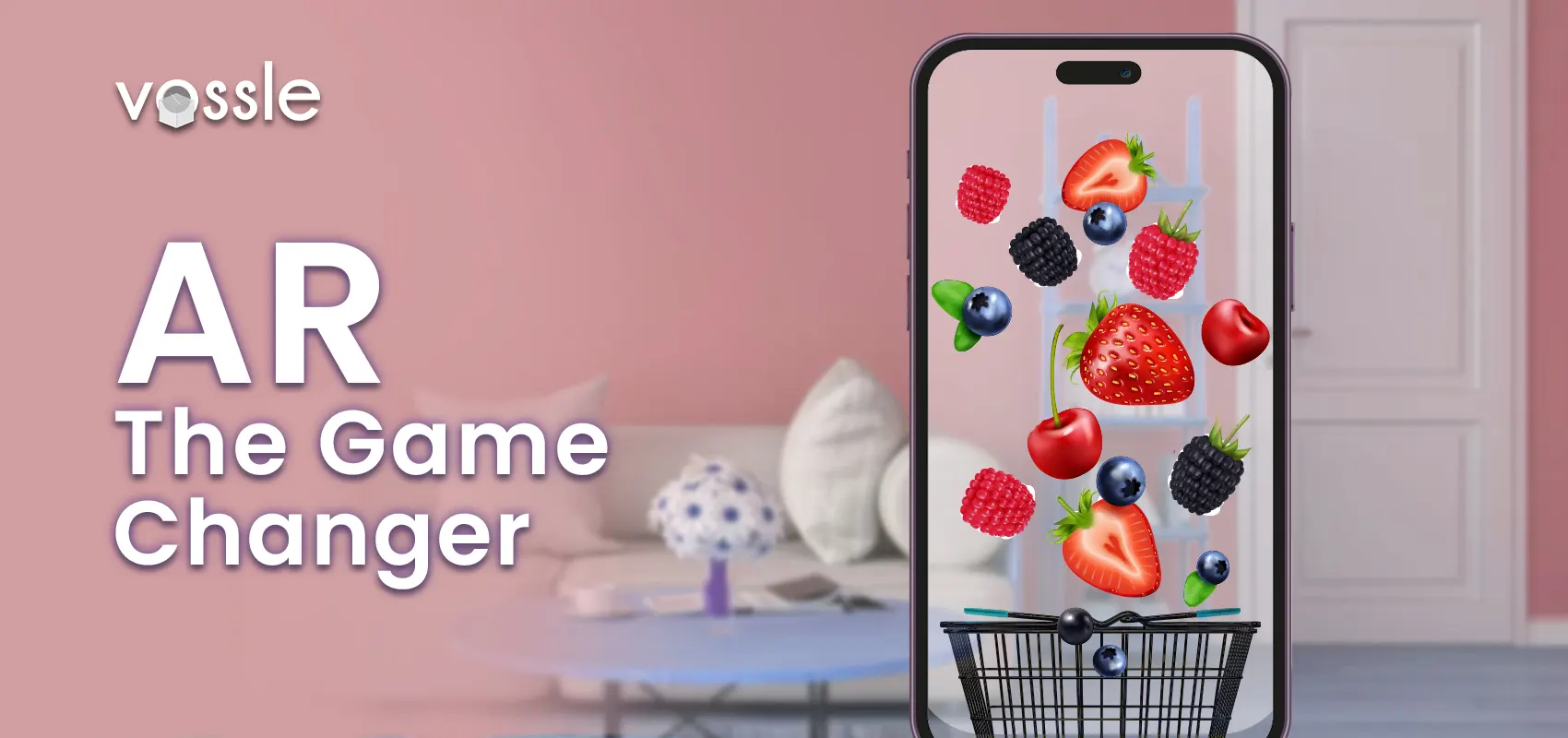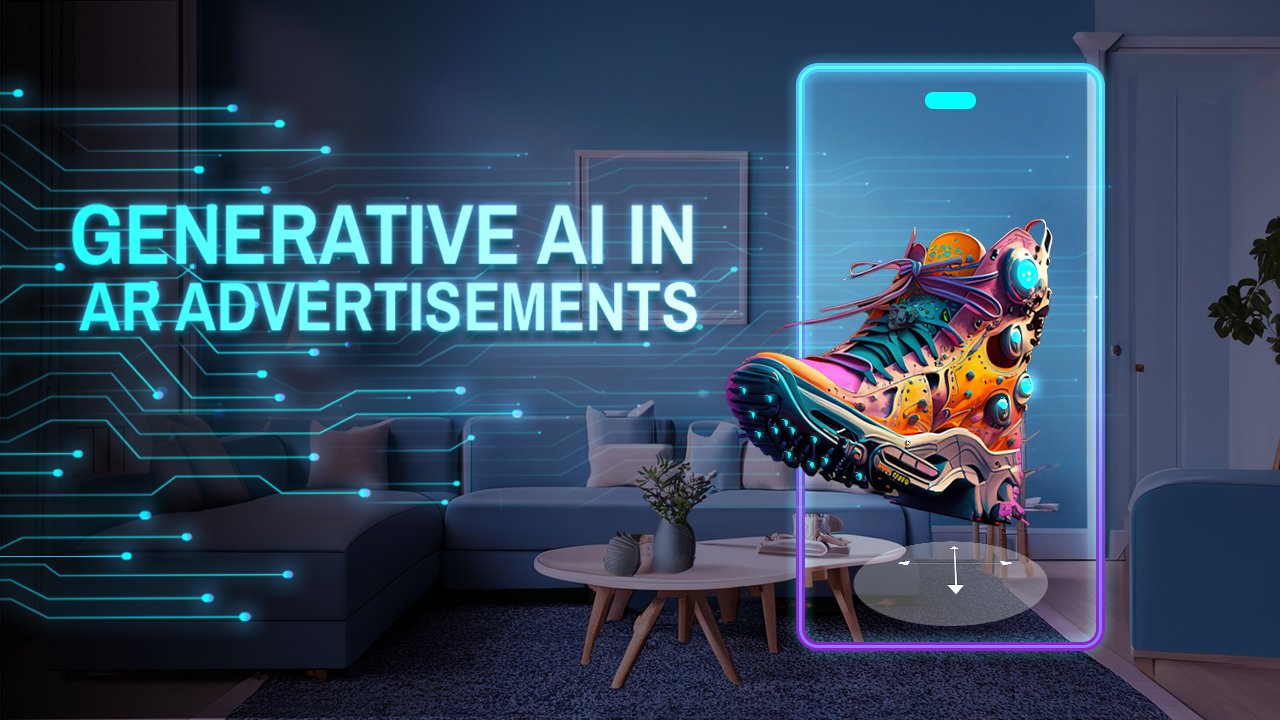For sellers, a part of selling smart and staying ahead in the game involves successfully adopting and implementing new technology to beat the competition to reach and engage more and more buyers. Augmented Reality for marketing can play a very useful role in such a scenario and prove as a major game-changer for the industry.
While basic AR technology like headsets and glasses are something we are familiar with, Augmented Reality for the web has recently generated a lot of popularity amongst marketers for a better customer base, transparency as well as insights. As for customers, Augmented Reality provides for an immersive, true-to-life experience and product evaluation from the comfort of their homes in no time.
However, there is a lot more to these basic benefits. On that note, let us look at the benefits that Augmented Reality for marketing brings with it for marketers and buyers.
Improved Customer Experience
No one is alien to how AR for marketing has already proven to be a revolutionary tool that can offer customers endless experiences. From an immersive virtual experience of products to eliminating the hassles that app installation comes with, Augmented Reality for the web has simplified buying and also made it entertaining and more trustworthy.
A customer’s interaction with the Augmented Reality experience creates a modern digital paradigm that takes them through an immersive and informative journey and saves them the cost and time to travel to a store and try out a product.
Through Augmented Reality, brands like Sephora, L’Oreal, Topshop, and many more are showcasing their products out there for their customers through virtual try-on options available. Moreover, now customers can experience Augmented Reality based customer service where an AR facilitated environment can be simulated and an assistant answers your queries on your phones, while even making eye contact.
Augmented Reality for the web has it all – trial rooms, cosmetic sampling, customer service, product launches, 3D product visualization, and more which can be made available to customers on their phones which they can check out from the comfort of their couches!
3D Product Visualization

In today’s world, people order everything – from food to cars – online. Even though a 2D picture of the product is a good indicator of the real-life condition of the product, it is not enough in front of a 3D model of the product that can be provided with Augmented Reality for the web.
One can experience how a piece of furniture will look in real life in their homes and determine if it goes with the interior décor well enough. This increases a seller’s conversion rates and builds more trust between the brand and the customer and reduces return rates of products.
Customers can experience sitting in the car they want to buy, watch AR panoramas of the way a bulb they like lights up the room, and see what a pair of shoes actually look like on their foot without having to go anywhere – an experience that e-commerce websites lack.
There is more room for personalization and customization when it comes to incorporating AR in marketing. No more worrying about products not being in stock to try on or having no idea how to engage your customers. 3D product visualization features of Augmented Reality take care of these problems and also provide you insights on your reach among customers by providing business insights.
Bridging The Asymmetrical Information Gap
One of the major problems marketers face today is the dilemma of Asymmetrical Information. Simply put, asymmetrical information is how buyers and sellers sometimes develop a communication gap. The information that both parties have access to might differ since they are on different levels of the marketing process.
For example, while selling a pair of jeans, a retailer knows where the pair was made but the customer does not have access to this information and might not prefer items made from a specific country. AR for marketing changes this by providing transparency to the customers and helping marketers incorporate more information into their product selling process.
Using AR glasses, a customer can get access to a lot of information on a car they want to buy and an AR headset can instantly display maintenance information and specifications of the car for the buyer to read and assess easily. This leads to increased satisfaction and trust which are the keystones of a business to take off in the market.
Branding And Promoting With AR

Branding and promotional events by companies tend to leave out the population that lives in remote areas and cannot make it to these events. With the breakout of the coronavirus pandemic, social distancing norms and travel as well as assembling restrictions, hosting and attending these events has become even more difficult.
This is where AR comes to save the day. Marketers can digitally create environments that provide people with immersive and interactive experiences which are very essential to create a buzz around a particular brand or a product. Augmented Reality allows sellers to scale physical boundaries and reach a wider audience more effectively and share experiences with thousands of people at once – something even real-life events are unable to achieve at times.
Live music, product launches, sports events, and promo campaigns can be revolutionized using AR in marketing and take over all other forms of seller-buyer interactions. By augmenting people’s immediate environment, AR not only uniquely interacts with customers but also eliminates the need for physical assembly of people, saving huge costs that can be incurred by companies at such events; and the emotional, as well as emotional impact that it leaves on people, is immense and greater than any real-life launch event.
By reducing costs and energy invested in such activities and helping marketers reach a wider, newer, younger, and remoter audience, AR has proved its importance in marketing time and again.
Reaching Consumers On The Spot
It is a fact well-known that traditional marketing mediums like TV, radios, newspapers, and internet ads have driven sales and supported marketing for a very long time. But there is a consensus that even though these channels reach the right audience, they might not be doing so at the right time or even place, for that matter.
Smartphones and tablets have let marketers around the world use location-based tactics with the help of push notifications, posts, ads, and cold-calling their clients via email. But the problem is, there are too many buzz-creators and not enough of them who stand out in the crowd to cut through the noise and reach the target clientele.
However, with Augmented Reality on the web, marketers can reach the right buyers at the right place and time with the information that the client wants to know which will drive the sellers’ sales. For example, cafes can now display directions to their nearest branch’s location to their potential customers if they happen to be in areas near their cafes. Information from their social media feeds can also be analyzed and used to bring to them the most appealing menu around their mealtime so they could pay a visit.
Brands like Oreo have been experimenting with this tactic and some brands like Heineken have also begun implementing these strategies to attract customers and drive sales successfully just because they happened to advertise themselves to the right people at the right time and place with the help of AR analytics.
Stimulating And Interactive Advertising
Advertising drives sales like nothing else. When incorporated with product visualization on smartphone devices, Augmented Reality on the web can deliver highly effective and engaging advertisements that can boost conversion rates of websites by as much as 40%.
With the younger population becoming more invested in their phones than ever before, a web-based Augmented Reality marketing experience without having to install any special apps would draw them in and help marketers reach a younger, more impressionable, and open-minded audience willing to experience the benefits of AR by exploring brands that incorporate it into their marketing tactics.
AR units increase engagement time much more than other forms of media and advertising which help businesses convey more information than they can on any other platform or ad campaign. Moreover, real-time interaction of the user with the said advertisement increases the impact of the ad and drives sales as well as interest in the company.
The Bottom Line
As Augmented Reality for the web overtakes the marketing sector at an exponential rate, more and more marketers witness the potential of this game-changer – establishing their brand, promoting it, selling through it, and generating a loyal customer base.
It has been proven that AR helps in increasing conversion rates, bridging the asymmetrical information gap, and empowering customers which creates a win-win situation for buyers as well as sellers.
CMOs and marketers can harness this power of Augmented Reality through the web to reach a more remote, inaccessible, and skeptical customer base like never before. DHL, Sephora, IKEA, L’Oreal, and Forbo are just some of the many AR success stories in marketing, and your business too can be a part of these pioneers’ club in no time, all with the help of AR.



















